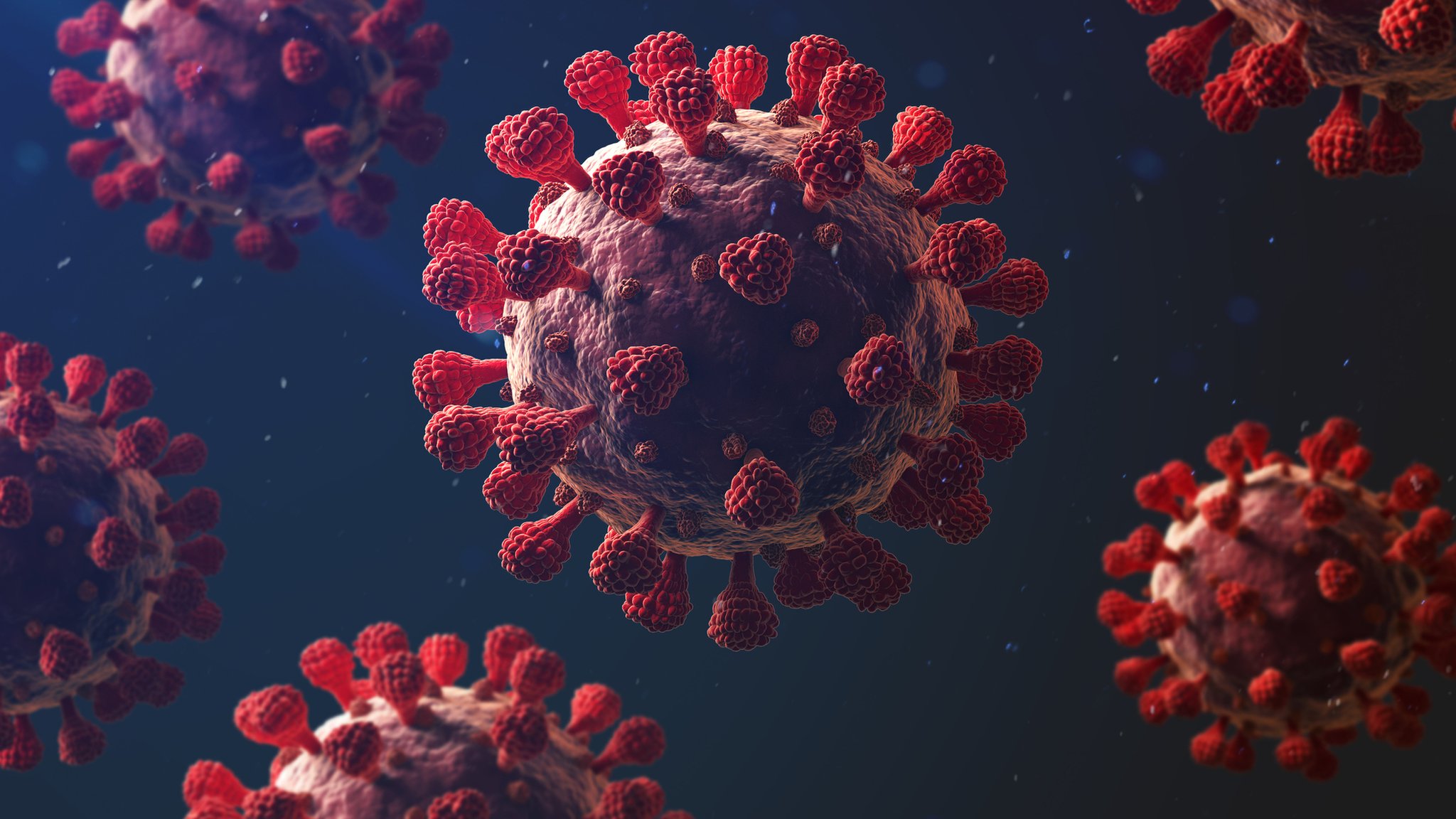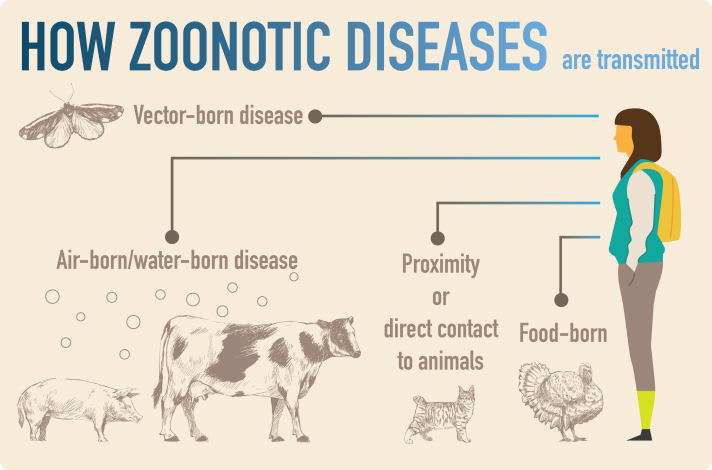Recursos
Cápsula Educativa
DATOS BÁSICOS
| Amenaza Asociada | Otras |
| Curso | 1° Medio |
| Ámbito/ Asignatura | Ciencias Naturales |
| Núcleo/ Eje | Biología |
| Objetivo curricular |
CN1M OA 08: Explicar y evaluar los efectos de acciones humanas (conservación ambiental, cultivos, forestación y deforestación, entre otras) y de fenómenos naturales (sequías, erupciones volcánicas, entre otras) en relación con: El equilibrio de los ecosistemas. La disponibilidad de recursos naturales renovables y no renovables. Las posibles medidas para un desarrollo sustentable. |
| Tiempo estimado de la actividad | 2 sesiones de 30 minutos |
| Desarrollado por |
Wilson Zinkan* para Itrend *Wilson Zinkan, estudiante de la Universidad de Notre Dame (EE.UU.) |

INTRODUCCIÓN
This video provides an introduction to pandemics “How pandemics spread”
How pandemics spread
Ir a la fuenteDESARROLLO
What is a pandemic?
- A pandemic is defined as an outbreak of infectious disease spread over a whole country or the world at a particular time.
Why do pandemics occur?
Watch video: How do viruses jump from animals to humans?
- Living things are constantly evolving. It’s how we adapt to our changing environment and pass down the most desirable traits for survival. This is a slow process happening over the course of many generations and thousands of years. Bacteria and viruses undergo this process as well. Additionally, these microscopic organisms reproduce at a rate much quicker than humans. Because of this, they can evolve much more rapidly. There are two main mutations or changes that can allow a disease to become a pandemic.
- The disease develops the ability to spread rapidly. There are many diseases that cannot be spread between humans and animals. If the disease develops the ability to spread, this can lead to a pandemic. For example, the Coronavirus pandemic started with the transmission of the virus from bats to humans, possibly using a pangolin as an intermediate vector. Once this happened, the virus was able to spread rapidly among humans (Figure 1).
- The disease develops a resistance to antibiotics or other medicine. In the case of bacteria specifically, if a disease has a known cure, it will not turn into a pandemic. However, if a mutation occurs and the bacteria can survive antibiotic treatment, it will reproduce and the number of bacteria with the mutation will multiply. This can lead to a new strain of the disease that is resistant to the antibiotic and can spread easily.

Figure 1: A zoonotic disease is any type of infectious disease that is transmitted between humans and an animal species. Font
Exposure to new diseases can also lead to a pandemic. Humans have natural immunity to some diseases, but if presented with a new disease that the body has never encountered, it will be more difficult for the body to fight it. For example, when Spanish and Portuguese explorers arrived in Central and South America, they carried the disease Smallpox with them. This infected the indigenous populations with a disease that they had not experienced before and were unprepared to resist. The result was a devastating Smallpox pandemic.
How do pandemics impact society?
Discuss in groups:
- What are the ways that your lives have changed due to the Coronavirus pandemic?
- What are ways that society has changed?
- Do you think these changes will stay or disappear when the pandemic is over?
In the modern world we have more advanced medicine and technology to combat pandemics. However, we also have the ability to travel across the world in just a day giving us the ability to spread disease very quickly. Do you think pandemics are more or less of a threat today than they were hundreds of years ago? Why?
What are the best ways to handle a pandemic?
When a pandemic breaks out, a cure is usually not available at first. For this reason, research on a cure should be one of the first priorities.
Additionally, leadership is required from national governments. Each country must decide on their own regulations to protect the people. Additionally, people must agree to follow these regulations. The government and the population both have a role to play to limit the spread of disease. We will explore this further in the activity.
How do viruses jump from animals to humans?
Ir a la fuenteACTIVIDAD
The following is data describing the number of Coronavirus cases and the population in the United States and in Chile.
- United States: 87,843,561 cases out of a population of 331,893,745 (26.47%)
- Chile: 4,023,697 cases out of a population of 19,451,043 (20.69%)
What could have caused the difference between these two numbers? Research the response to the pandemic in each country and come up with a few possible reasons. (Hint: Some things to consider might include the laws passed or the rate of vaccination.) Write a couple of paragraphs describing what you found.


 Cargando, espere un momento ...
Cargando, espere un momento ...